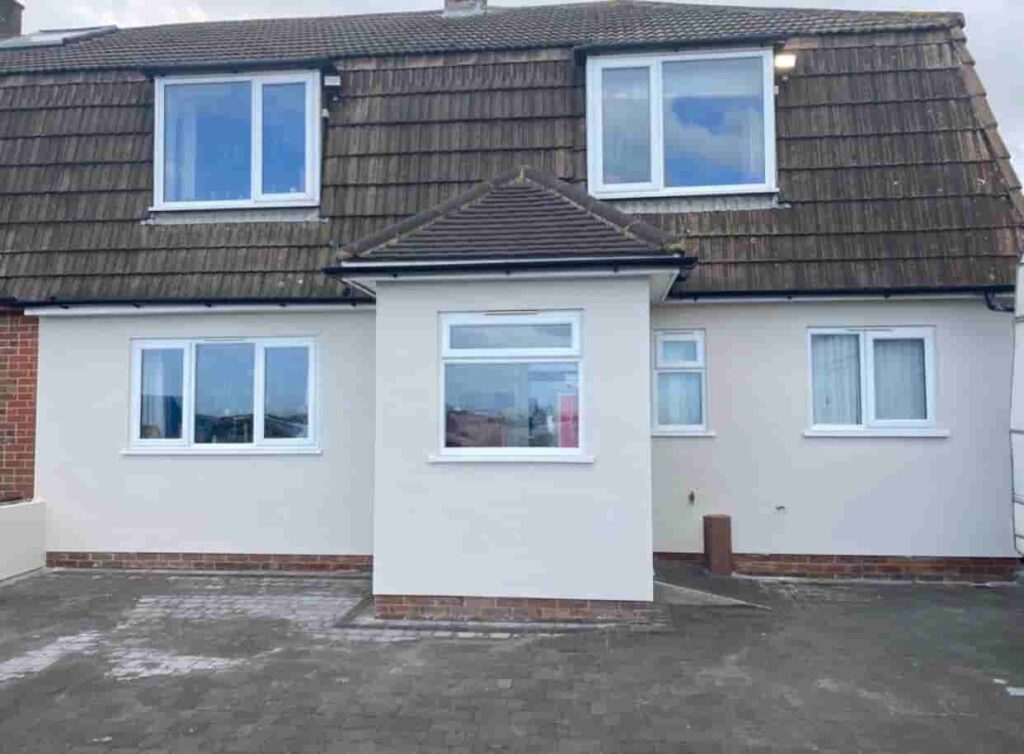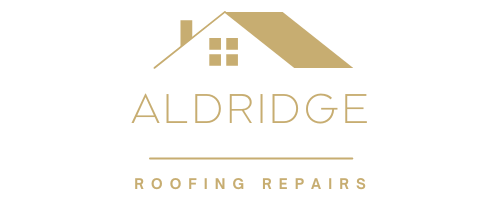Introduction
For commercial buildings, the roof isn’t just a cap on the structure—it’s a vital layer of protection that shields your investment from water damage, heat loss, and disruption. However, all roofs have a lifespan, and delays in replacing them can lead to unexpected costs, business interruption, and health and safety concerns.
At Aldridge Roofing Repairs, we help commercial property owners across Aldridge and the West Midlands determine the best time to re-roof. Whether you manage offices, retail spaces, or industrial units, here are the clearest signs it’s time to consider a full roof replacement.
Key Takeaways
- Age, leaks, and visible deterioration are key signs a roof needs replacing
- Frequent repair bills can cost more than a one-time re-roof
- A new roof improves insulation, safety, and long-term value
- Planned re-roofing avoids business downtime caused by emergency repairs
1. The Roof Is Beyond Its Lifespan
All roofing systems have an expected lifespan depending on their material and installation quality. Typical indicators include:
- Felt or asphalt: 15–20 years
- Single-ply membrane (e.g. EPDM or PVC): 20–30 years
- Metal or slate: 30+ years
If your roof is older than its expected lifespan and showing wear, a re-roof should be on your radar—even if it’s not yet leaking.
2. Recurrent Leaks or Water Damage
Leaks are a red flag. If you’ve patched multiple leaks in recent years but still spot damp patches, ceiling stains, or blistering paint, your roofing membrane may have failed. Water ingress can lead to:
- Electrical faults
- Mould and mildew
- Damage to stock or equipment
Don’t wait for widespread interior damage before considering a re-roof.
3. Climbing Repair and Maintenance Costs
Frequent repair work can become costly and inefficient. If you’re regularly spending on:
- Emergency callouts
- Temporary patching
- Internal damage repair
…it might be time to weigh those costs against a long-lasting replacement. A re-roof offers consistency, performance, and financial predictability over time.
4. Visible Signs of Deterioration
Even without leaks, your roof may show signs of significant wear:
- Cracks, splits, or bubbling in membranes
- Loose or rusted fixings
- Ponding water or sagging on flat roofs
Ignoring these issues can lead to safety hazards and sudden failures, especially in the unpredictable West Midlands weather.
5. Energy Efficiency Concerns
An ageing or poorly insulated roof can dramatically impact your building’s efficiency. Signs include:
- High heating or cooling bills
- Cold spots in upper floors
- Inefficient ventilation
A new roof can incorporate modern insulation and energy-saving materials, helping reduce operational costs and improve working conditions.
6. Business Changes or Upgrades
If you’re expanding, modernising, or changing the use of your property—say from storage to offices—a roof upgrade may be essential. A re-roof gives you the opportunity to:
- Add skylights or roof hatches
- Improve drainage and load capacity
- Prepare for solar or HVAC upgrades
It’s a smart move that ensures your roof supports your business plans, not hinders them.
Conclusion
A commercial roof replacement isn’t just a maintenance task—it’s a strategic decision. Spotting the right moment to re-roof helps you avoid disruption, save money, and protect your building for the future.
At Aldridge Roofing Repairs, we provide honest, tailored roofing advice to commercial clients throughout Aldridge and the West Midlands. If you’re unsure about your roof’s condition or planning future upgrades, contact us today to book a professional assessment and make a confident next step.
Call us on: 01922 661 597
Click here to find out more about Aldridge Roofing Repairs
Click here to complete our contact form and see how we can help with your roofing needs.

